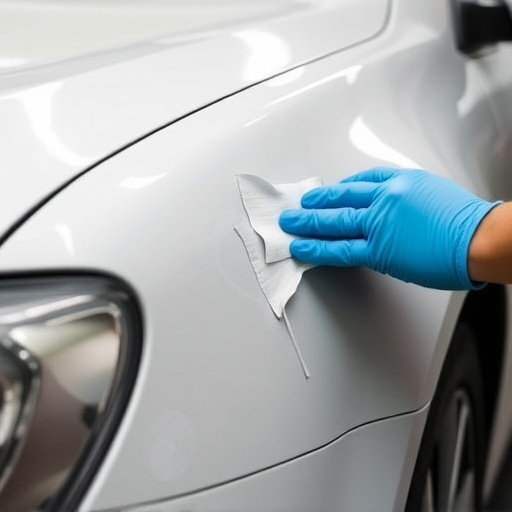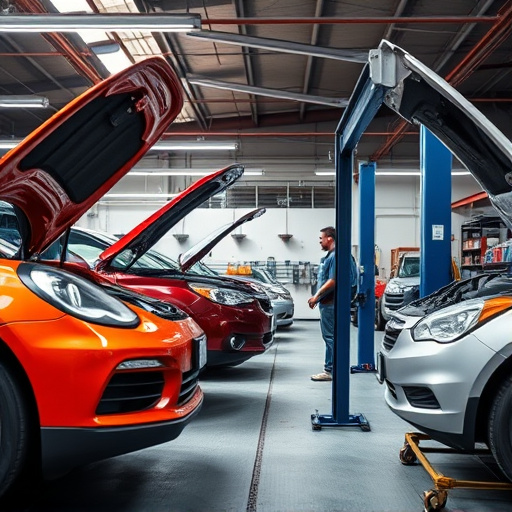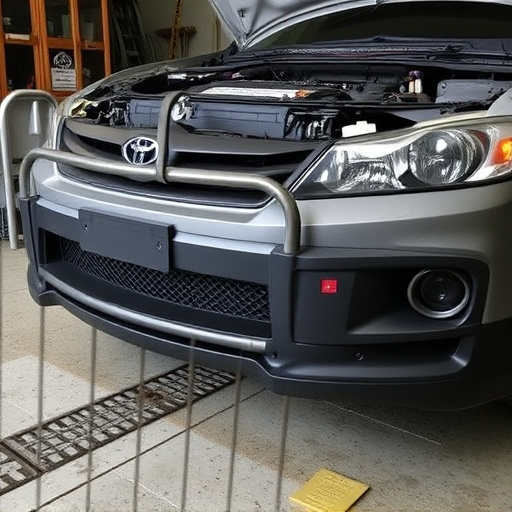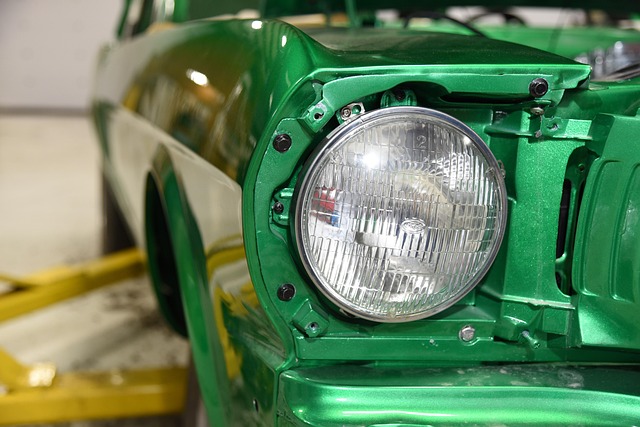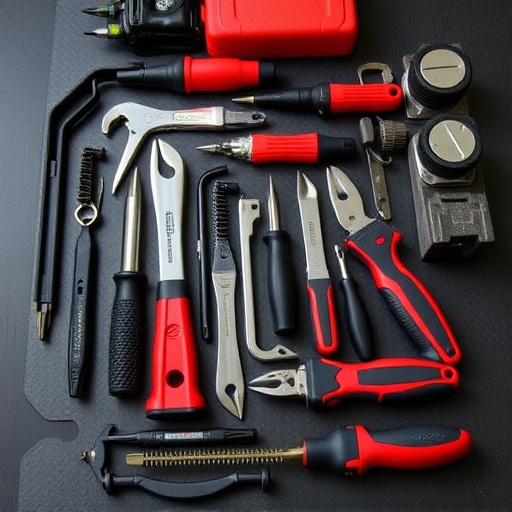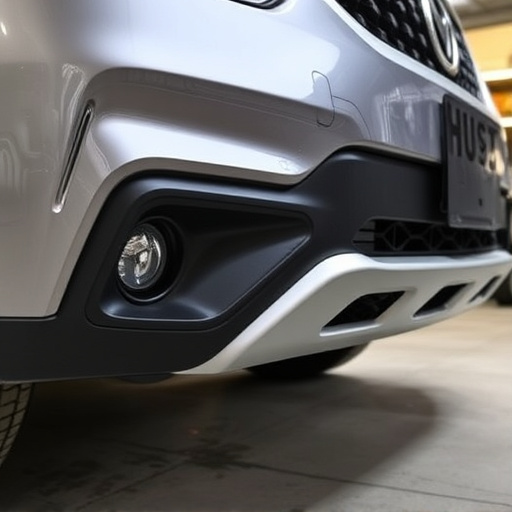Apron assembly repair is a critical, specialized process in auto body shops, ensuring vehicle safety and structural integrity after damage. Skilled technicians disassemble and replace parts accurately, enhancing customer satisfaction and guarantee of seamless fits. Efficient apron assembly repair is a key strategy for collision centers to reduce repair times, boost productivity, optimize resource allocation, and improve workshop efficiency, ultimately strengthening client relationships and market reputation. Streamlining processes through pre-planning, tool organization, standardized procedures, staff training, digital inventory management, real-time progress tracking, and paintless dent repair techniques is paramount for optimizing efficiency in auto body restoration shops.
Apron Assembly Repair is a critical process in maintaining industrial equipment, playing a pivotal role in reducing repair time frames. This article delves into the intricacies of apron assembly repair, offering a comprehensive overview of its significance and impact on overall repair efficiency. We explore strategies to streamline the process, highlighting best practices that can significantly optimize repair cycles, ultimately enhancing operational productivity. Understanding and implementing effective apron assembly repair techniques are essential for any facility aiming to excel in equipment maintenance.
- Understanding Apron Assembly Repair: A Comprehensive Overview
- The Impact of Efficient Apron Assembly Repair on Repair Time Frames
- Strategies for Streamlining the Apron Assembly Repair Process
Understanding Apron Assembly Repair: A Comprehensive Overview

Apron assembly repair is a specialized process that involves fixing or replacing the apron—a crucial component in a vehicle’s structure, often located at the front or rear ends. This repair is essential for maintaining the integrity and safety of a vehicle, especially after accidental damage or collision. Understanding the intricacies of apron assembly repair is vital for both auto body shops and car owners.
In a vehicle body shop, apron assembly repair plays a significant role in reducing repair time frames. Skilled technicians meticulously disassemble the affected area, replacing any damaged parts while ensuring precise alignment. This comprehensive approach not only restores the vehicle’s structural integrity but also guarantees a seamless fit during bumper repair or other auto body services. Efficient apron assembly repair practices contribute to faster turnaround times, enhancing customer satisfaction and keeping vehicles on the road sooner.
The Impact of Efficient Apron Assembly Repair on Repair Time Frames

Efficient apron assembly repair plays a pivotal role in reducing overall repair time frames for vehicles, particularly at auto collision centers and car repair services. By streamlining the process of assembling and repairing aprons—the protective barriers at the front and rear of a vehicle—technicians can significantly cut down on labor hours. This results in faster turnaround times, enabling auto body restoration shops to serve more customers efficiently.
In an industry where time is money, minimizing repair durations is crucial for maintaining client satisfaction and operational profitability. Apron assembly repair, when optimized, allows for better allocation of resources, reduces the need for specialized tools, and enhances overall workshop productivity. This, in turn, translates into happier clients who receive their vehicles back in a timely manner, fostering positive relationships with auto collision centers and promoting their reputation in the market.
Strategies for Streamlining the Apron Assembly Repair Process

Streamlining the apron assembly repair process is crucial for minimizing repair time frames in auto body restoration shops. One effective strategy involves pre-planning and organizing. This includes having all necessary tools, parts, and materials readily accessible before beginning work. A well-organized workspace reduces the chance of delays caused by searching for components. Additionally, creating standardized procedures for common apron assembly tasks can significantly enhance efficiency. Training staff to follow these protocols ensures consistency and speeds up repairs.
Another valuable approach is implementing digital systems for tracking inventory and repair progress. These tools allow for real-time updates on part availability and work status, enabling better scheduling and resource allocation within the vehicle body shop. Moreover, adopting techniques from paintless dent repair can also be beneficial. By minimizing invasive repairs and focusing on precision adjustments, the apron assembly process becomes faster and more cost-effective without compromising quality.
Apron assembly repair plays a pivotal role in reducing repair time frames, enhancing efficiency, and ensuring durable garment solutions. By understanding the process and implementing streamlined strategies, repair shops can significantly improve their service offerings. Efficient apron assembly repair not only saves time but also contributes to cost-effectiveness, making it an indispensable practice in the textile industry.

